|
The museum's collection focuses on the Revolutionary War, with special emphasis on General Henry Knox and his family; artifacts relating to the history of the Town of Thomaston, especially its seafaring past; and the area's extentive involvement in the Civil War. The Thomaston/Rockland area was the home of the 4th Maine Infantry Regiment and 1st Maine Calvary Regiment that played such pivotal roles in the success of the Union Army. The museum has an excellent collection of photographs, pictures and drawings of many of the wooden ships made
in Thomaston and an extensive collection of photographs depicting the growth and development of the town. |
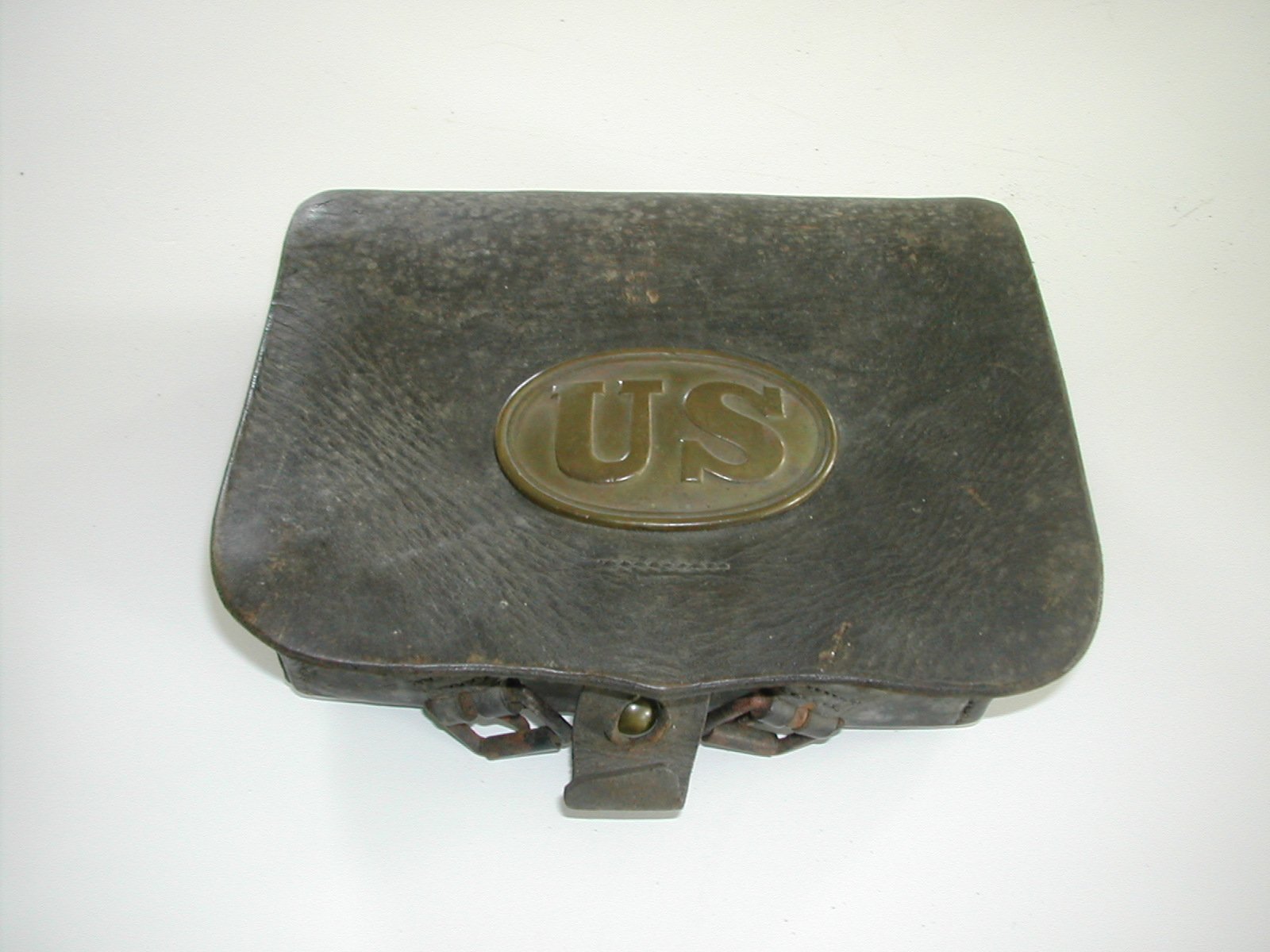 Click on photograph to enlarge |
A Civil War Ammo Case that had belonged to Silas Luther or Leathers who served two and a half years during the war. (Donated by Mr. Beniah Harding.) |
| Three of the collection's early medicine bottles. |
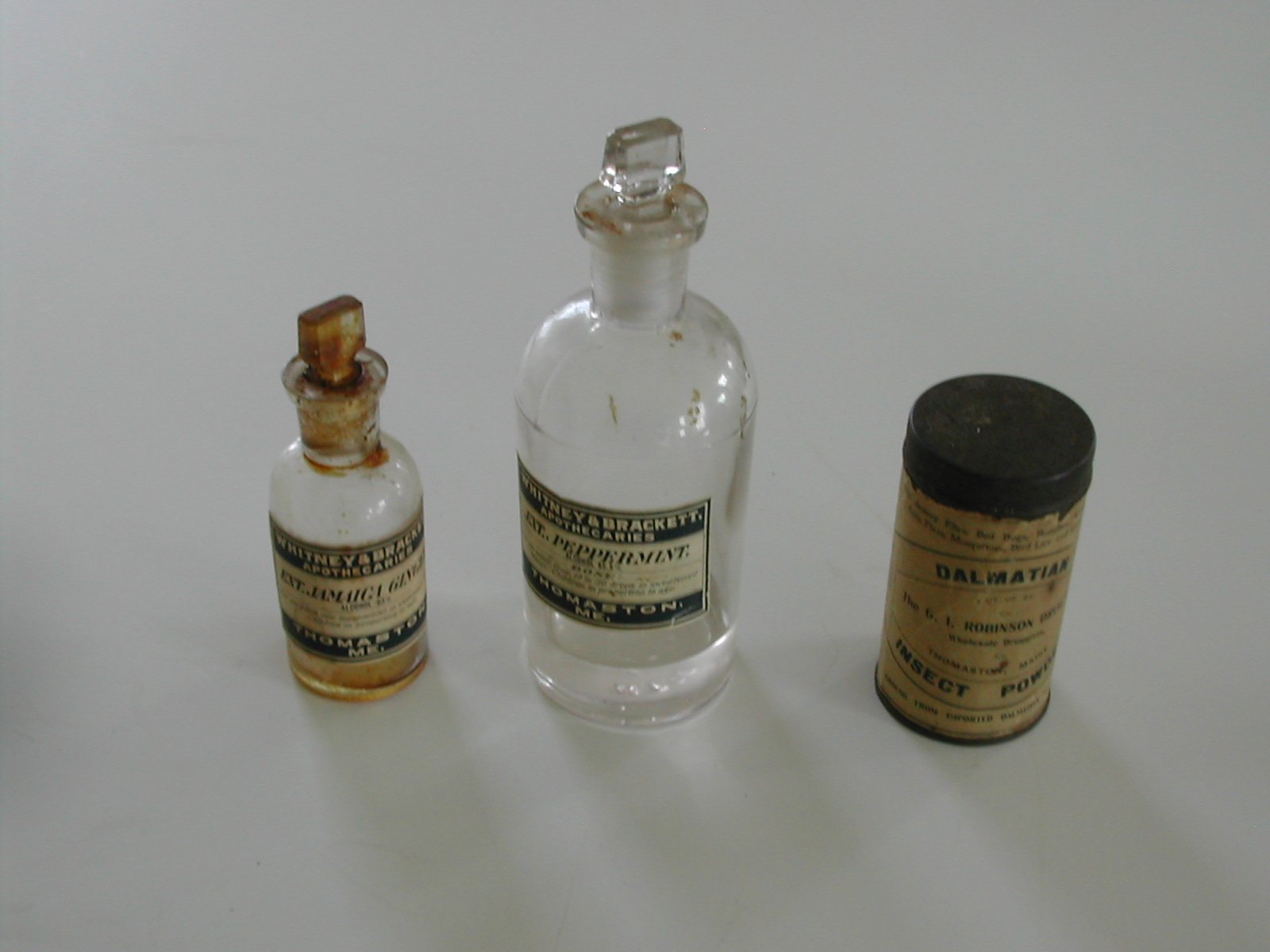 Click on photograph to enlarge |
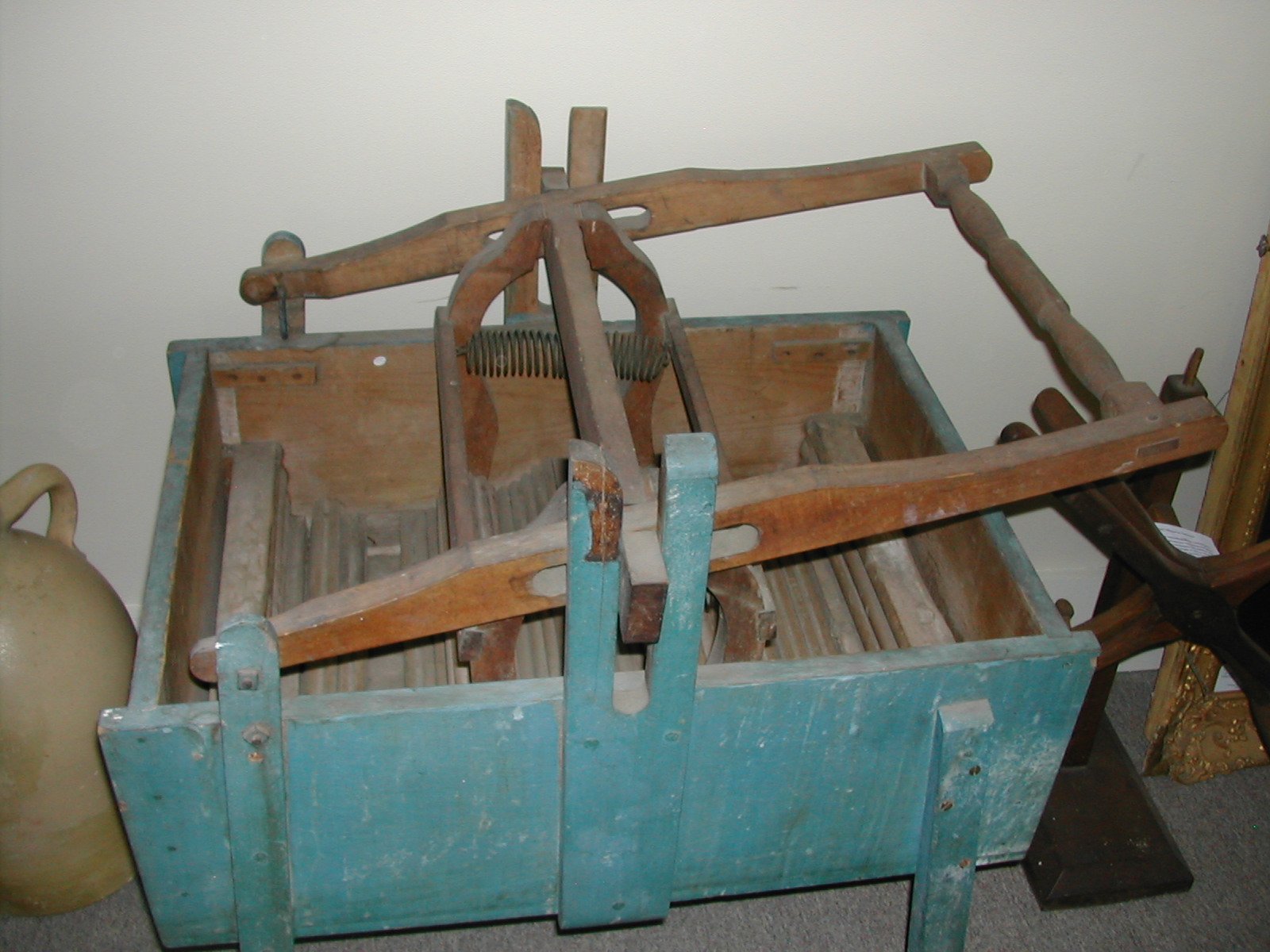 Click on photograph to
enlarge
|
A very early machine for washing clothes.
|
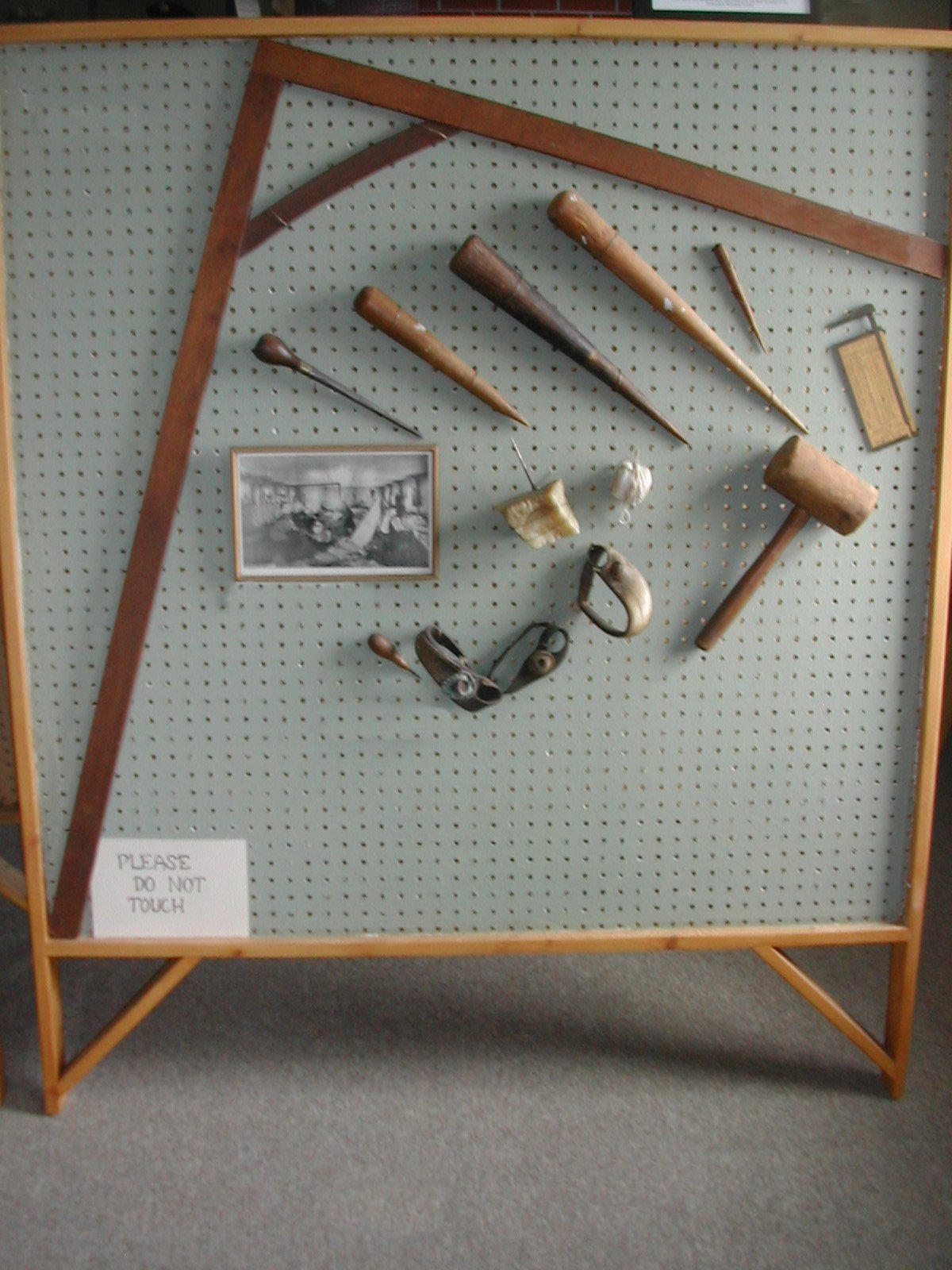 Click on photograph to enlarge |
Tools used in the sail making industry. These particular tools came from Dunn & Elliot, one ot the larger sail lofts in the area during the nineteenth century. |
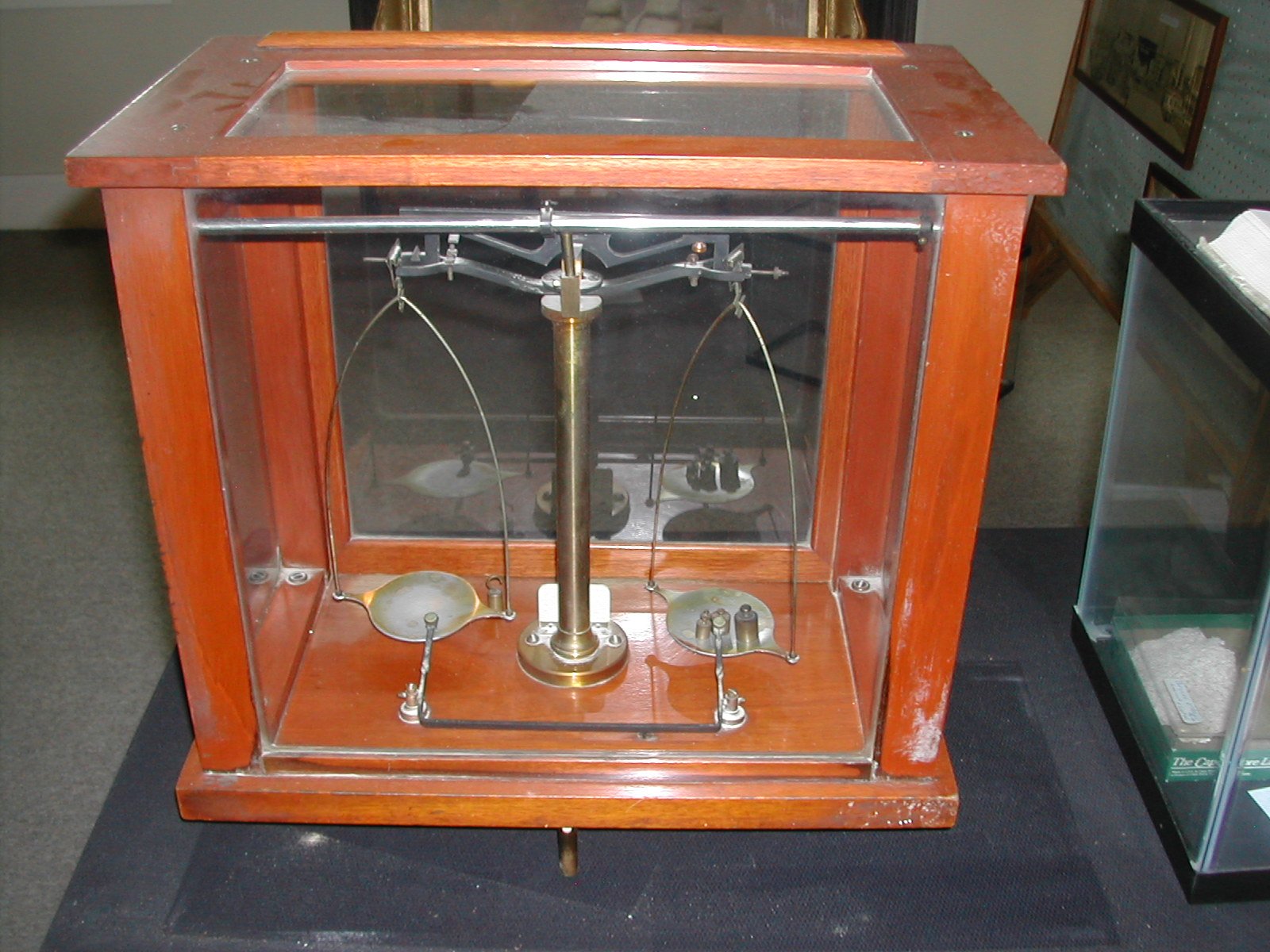 Click on photograph to enlarge
|
Scales from the cement plant in Thomaston. (Donated by Mr. Beniah Harding.) |